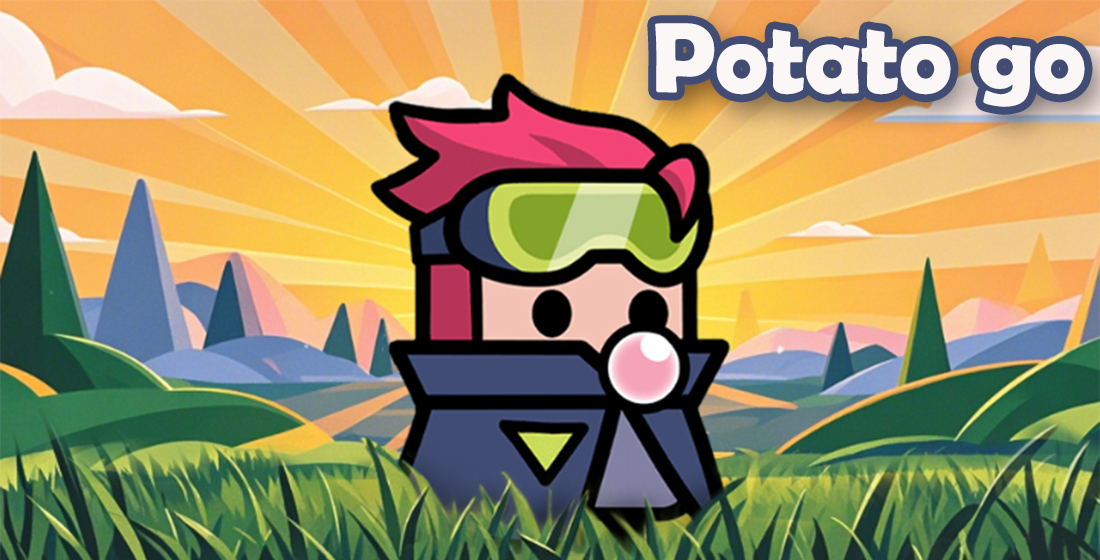It's a strange phenom, isn't it? Those "lazy" idle game titles keep appearing on our phones—taking up space and attention like a neighbor who just won’t stop talking. Some dismiss them as shallow time-wasters. Others say they're nothing new, just dressed-up clicker games. But here's the deal—the market keeps booming, and developers across the globe are catching on to a formula that feels both nostalgic and oddly innovative.
If you've seen games like *Cookie Clicker*, or if Clash of Clans still shows up with notifications despite sitting unopened for weeks, this trend probably rings a bell in your mind. But what lies behind this subtle surge of interest in incremental experiences during the middle of 2025?
The Evolution of Play: From Hyper-Action to Passive Progress
Gaming was once defined by adrenaline rushes. High-stakes raids, split-second reactions, and complex strategy dictated engagement. However, today's digital landscape paints a more relaxed, almost contemplative relationship between humans and their screen time.
| Old Gaming Norms (2010s) | New Idle Era (2025) |
|---|---|
| Increase reflexes under stress | Reward observation and patience |
| High learning curve | Immediate graspability |
| Competitive leaderboards | Creative progression routes |
Gone are days where long-term focus meant grinding XP at midnight. Modern lifestyles favor flexibility. This has given a green light to games where activity means little. You build, collect resources automatically and return hours—or days—later to witness small but exciting progress.
Diving Deeper Into the Numbers Behind Idle Games Popularity
- Average daily playtime dropped 38% in competitive multiplayer genres
- Idle title users reported better mood outcomes in post-session surveys**
- *Incremental gaming* searches doubled from Q1 to Q3 in 2024 alone
- TikTok hashtag **#IdleGaming** gained nearly 75 million plays in Canada last fall
We aren't merely witnessing the popularity climb of a gaming format. We’re looking at an attitudal shift towards entertainment consumption. People crave comfort—not competition—right now. That’s precisely the sweet spot these games tap into so efficiently.
From Clash Of Clans Level 8 To Endless Automation: Case Studies

The Level 8 Builder Base in Clash of Clans, for instance, introduced mechanics many players interpret as casualized features of traditionally strategic gameplay—a subtle nod towards accessibility while keeping the core loop active enough for those still seeking action without pressure.
Then we have titles designed with idle at its most basic function: pure background advancement with visual feedback, sometimes without user input for hours:
- Prestige Trees and Multipliers (mobile-only)—no controls needed, passive leveling
- Magic Craft Tycoon: Fire-and-forget magic production simulator – even wizards go on lunch break!
- Even 'Shadowrun RPG game'-style projects flirt with passive systems, rewarding story exploration over combat intensity.
This doesn’t signal stagnation within interactive media. If anything, it reveals how developers cleverly integrate idle loops beneath genre-defining mechanics—even turning traditionally fast-moving settings into relaxing retreats of calm gameplay rhythms.
The Secret Psychology of Idle Mechanics
Let's cut to chase here—idle and incrmental games thrive because they tick several neuroscientific pleasure zones: anticipation reward centers and low-threshold accomplishment cycles.
Humans love patterns. We seek predictability even in surprise gifts wrapped every day. So, seeing numbers grow—slow at first then spiking via bonuses or boosts—taps deeply into dopamine release habits that feel satisfying without draining energy.
There is an interesting theory called the “**passive presence paradox**:" the notion that players get attachment even when barely present due to consistent reinforcement from the app pushing notifications, emails, or social updates.
SEO Impact On Visibility & Discoverability For New Entrants
You might assume visibility struggles when hundreds flock into same niche—but surprisingly, discoverabiltiy thrives for well-designed idl apps in crowded stores such as Apple App Store and Steam (even for mobile-only content). How come?
Because Google and search algos can pick nuanced intent far faster nowadays. Someone searching "easy games", "*low effort gaming options*," or specifically "best idle iOS app for work downtime", gets served curated picks based not just keyword matching, but inferred behavior profiles—and these games fit like gloves.
| Search Query | Searche Volume 2025 (monthly avg) | |
|---|---|---|
| "Idle games" | ⟤279k+ | |
| "Best incremental games Canada 2025" | 66.1k+ | |
| "games I can leave open in background" | ⟤132k |
If SEO strategy targets conversational phrasing ("can you pause auto click games", for example) alongside targeted term placement—such as clash clans builder base strategy integration—it works wonders for attracting Canadian and global audience segments.
Critical Takeaway Points
- Don't treat idle gameplay as fleeting trend. The growth trajectory points to structural adoption shift.
- Leverage SEO to meet user query intent beyond literal keyword use (semantic relevance = ranking edge)
- Tap into player fatigue from hyper-engagement formats by offering gentle progression curves rather than intense grind.
- Harness social dynamics subtly—push-based interactivity still engages people even without full-scale immersion
- Never ignore hybridization potentials—introducing idle layer in other formats often increases retention
Conclusion: Why 2025 Belongs To Quiet Gaming
We're witnessing a soft redefinition in what we perceive gaming should feel like in the digital age. In 2025, it's less about high-stim, short-lived dopamine spikes and more focused on ambient gratification and gradual reward. Titles that prioritize autonomy over obligation, simplicity over steep complexity—they speak louder to audiences tired of burn-in tactics employed by mainstream titles.
While hardcore games continue thriving, the rising prominence of idle experiences tells another part othe story—one whre relaxation, slow joy building—or watching pixels magically compound value while you drink coffee—are becoming cherished parts the digital play palette of North America's casual gamers especially in markets like Toronto, Vancounver and Montreal where life tends ot demand quiet moments to offset the noise.



